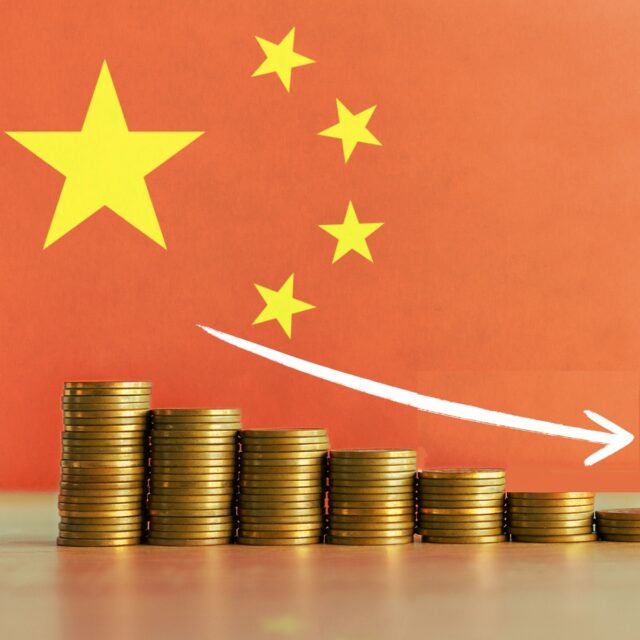Modelling the Effects from Slower Trade Growth: An Exercise Using NiGEM
In this NiGEM Topical Feature we examine the effects of slower trade growth leading to a further decline in the global trade to GDP ratio.
Sign in to Access Pub. Date
Pub. Date
11 May, 2023
 Pub. Type
Pub. Type

Main points
- Starting with the tariffs introduced by President Trump in 2018 and strongly reinforced by the shipping delays and shortages that resulted from Covid and the measures taken to combat its spread, the idea of reducing reliance on supply chains from other countries has gained ground. Discussions of re-shoring, near-shoring and friend-shoring have become more widespread.
- At the same time, increased geo-political tensions have contributed to growing concerns over fragmentation.
- In this NiGEM Topical Feature, we use our Global Econometric Model (NiGEM) to examine the effects on GDP and inflation (globally and for particular countries) of lower import growth resulting from lower import demand, fragmentation or re-shoring combined with an increase in trade prices, as we assume that onshore production of traded goods would not be as economically efficient.
- The simulated reduction in imports together with an increase in trade prices lowers the global trade to GDP ratio by around 2 percentage points in the medium term relative to the baseline. The resulting effects on GDP and inflation are shown to depend on exchange rate sensitivity and monetary policy reactions.




